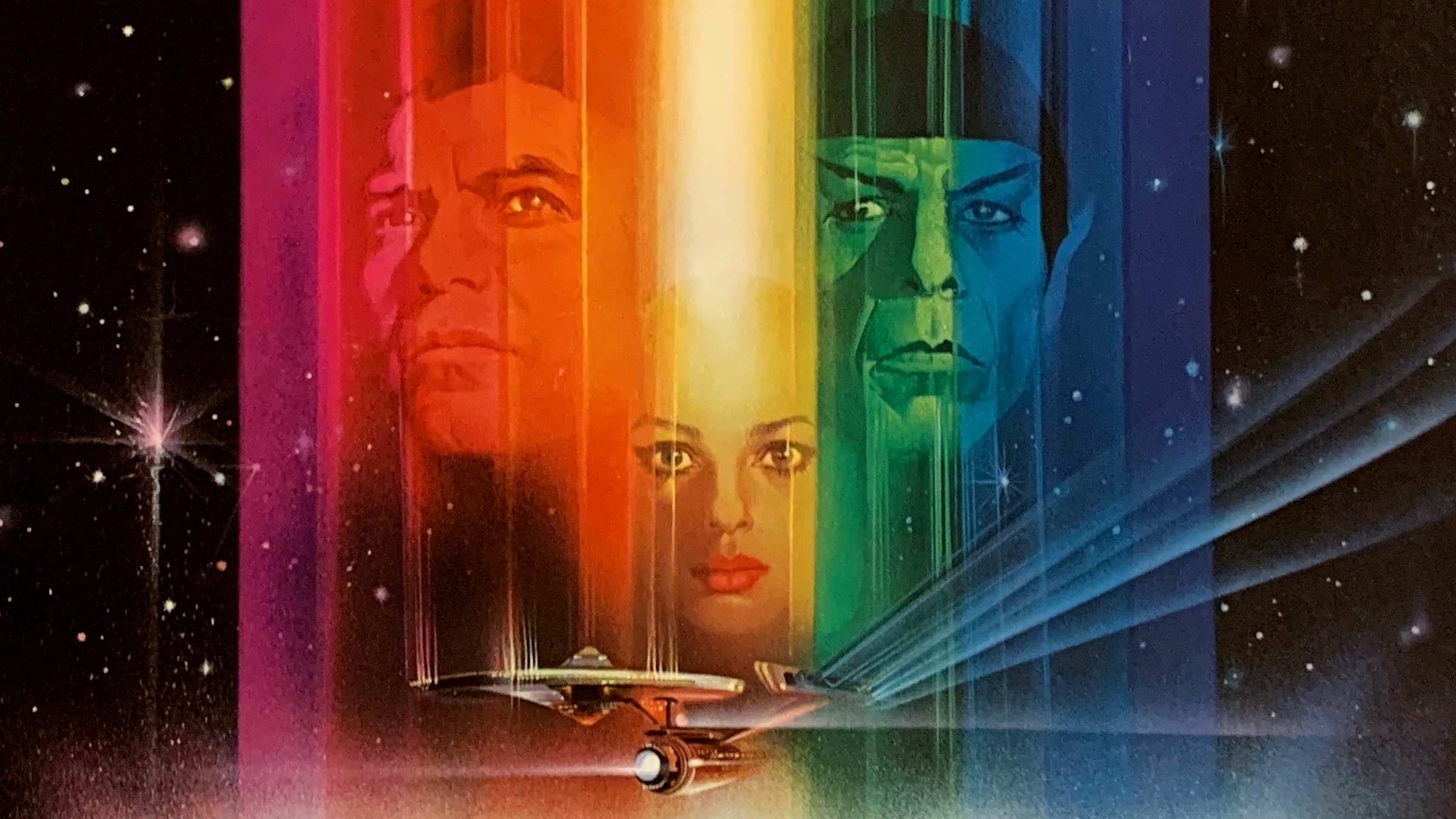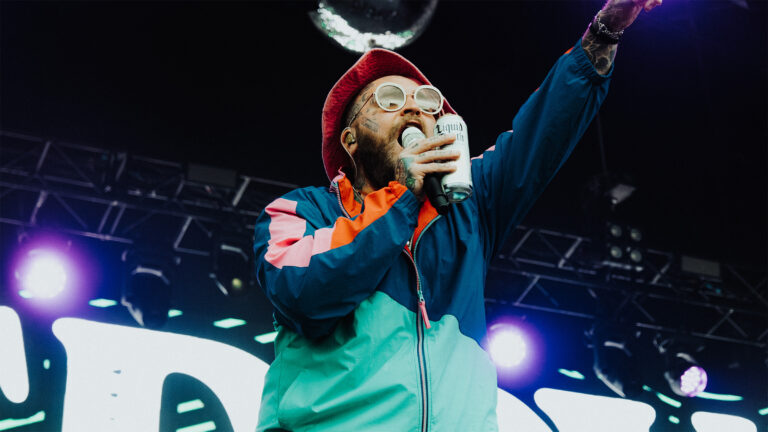If you count the years from the first TV pilot for Star Trek (The Cage, 1966), this much-loved franchise has been boldly going for an incredible 56 years. Even if you’re only counting from the first movie (Star Trek: The Motion Picture, 1979), it’s still a healthy 43 years old.
Perhaps not a match for James Bond—who should maybe think about retiring now that he’s 60—but certainly on par with Mad Max and Alien, which were released in the same year.
Yep, 1979 was a crazy year for movies. And looking back, it seems somehow inevitable that Star Trek: The Motion Picture would not only be made, but would ignite the demand for every Star Trek story told since.
But anyone familiar with Star Trek lore will tell you that the course plotted by the crew of the Enterprise on their first feature was far from smooth. (If you already know the story, feel free to skip ahead.)
Mr. Sulu, lay in a course
Directed by Robert Wise—whose credits included Oscars for directing West Side Story and The Sound of Music and a nomination for editing Citizen Kane—and produced by series creator Gene Roddenberry, Star Trek: The Motion Picture seemed like it would be a home run.

The original cast was all on board (eventually), sci-fi was playing extremely well to audiences thanks to features like Close Encounters of the Third Kind and Star Wars, and Paramount had signed a huge check of $15M to cover the production. (For context, Star Wars and Alien both had budgets of $11M.)
What could possibly go wrong?
A lot, as it turns out. Not quite Apocalypse Now-bad, but still far too many things to summarize here. (This article is a great place to start if you’d like to know the details.) In short, the production costs spiraled to an estimated $44M as everyone involved heroically tried to pull the pieces together in time for the film’s immovable launch date. They made it. Barely.
Just the beginning
For any other movie, releasing a picture that most have described as unfinished—others have scathingly called it a workprint—after such a colossal overspend would have meant the end of all things.
But despite this, an eager fanbase managed to turn Star Trek: The Motion Picture into the fifth best-selling movie for that year. And its success held the door open for the massively successful franchise that we see today.

The continued success of Star Trek also meant that, in 2001, Robert Wise returned to the cutting room—accompanied by producer David C. Fein—to create the version he’d always had in mind. The result was Star Trek: The Motion Picture Director’s Edition (Star Trek: TDE for short), and it’s this special DVD edition that’s widely regarded by fans as being the true version of the movie.
However, even though the original feature film made its way to both HD Bluray and 4K UHD, Star Trek: The Motion Picture Director’s Edition has languished in standard-definition NTSC for over 20 years.
But that’s finally set to change.
The final (4K) frontier
Thanks, once more, to the efforts of producer David C. Fein and his team, the Director’s Edition will premiere to Star Trek fans around the world in fully-remastered 4K through Paramount’s new streaming service, Paramount+ on April 5th. (Physical media will follow later in the year.) So we were thrilled when David agreed to take some time out of his crazy schedule to share how the process was going.
As you’d expect, he’s pretty excited about the upcoming release, and was keen to discuss how the remastering process works.
“It’s the completion of the film as Robert Wise had intended, if he’d had the time in 1979,” he explains. “Even though we originally completed the film in 2000 in NTSC for DVD release, there were a number of issues we couldn’t address back then, such as the fact that the filmmakers only had four days to complete the color grading for the film.”
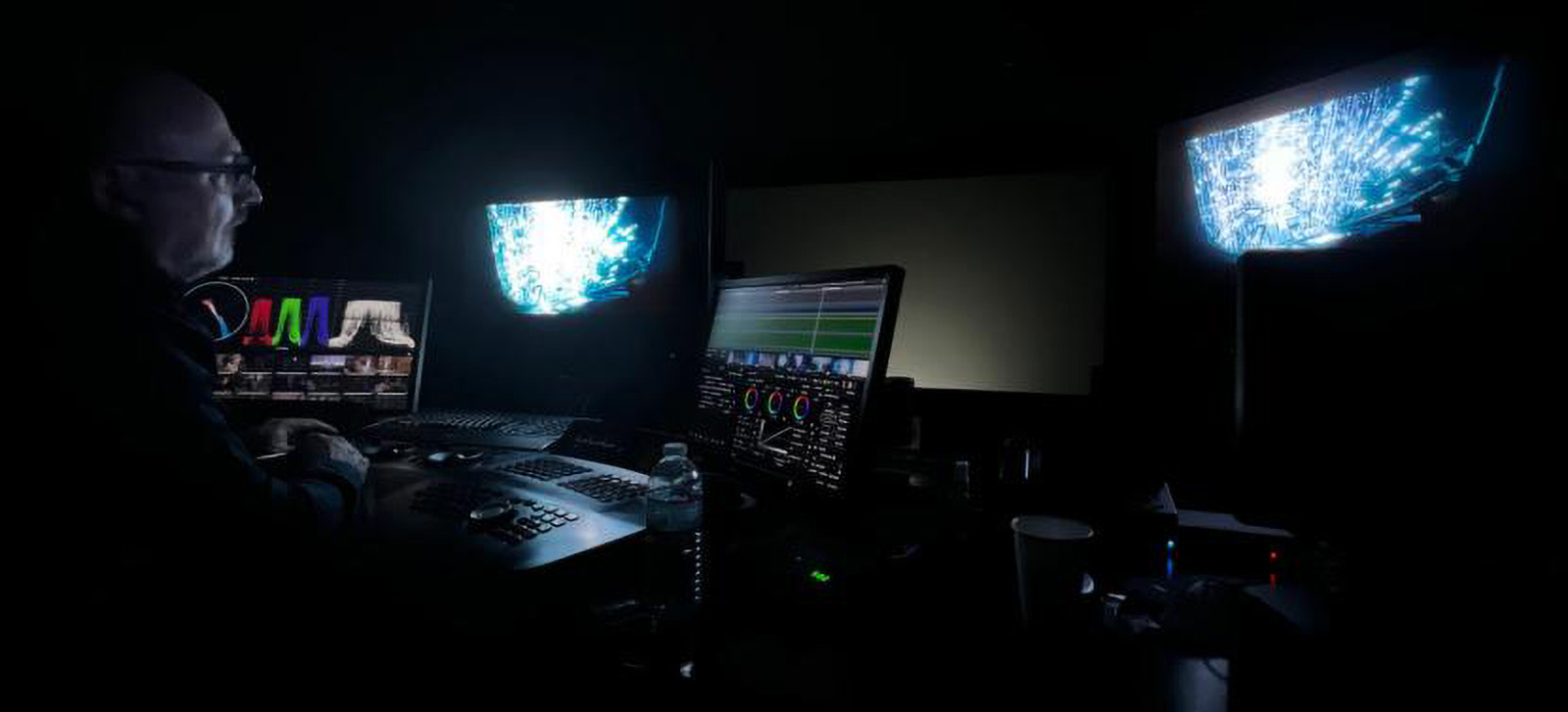
Now, with a little more time on their hands, David’s team has given the 4K version a full shot-by-shot, scene-by-scene grade in HDR, plus a Dolby Atmos workover for the soundtrack. “Robert Wise always said that the story matters above all else, so our goal is to tell that story in the best way possible,” says David. “The color and sound both play pivotal roles in expanding and enriching it more than ever.”
“There are specific colors and adjustments that captivate your attention, and the sound fully supports how the story is told—even some amazing subtleties that may not even be noticed,” he enthuses. “So yeah, this is the absolute best and complete version of the film…for all time.”
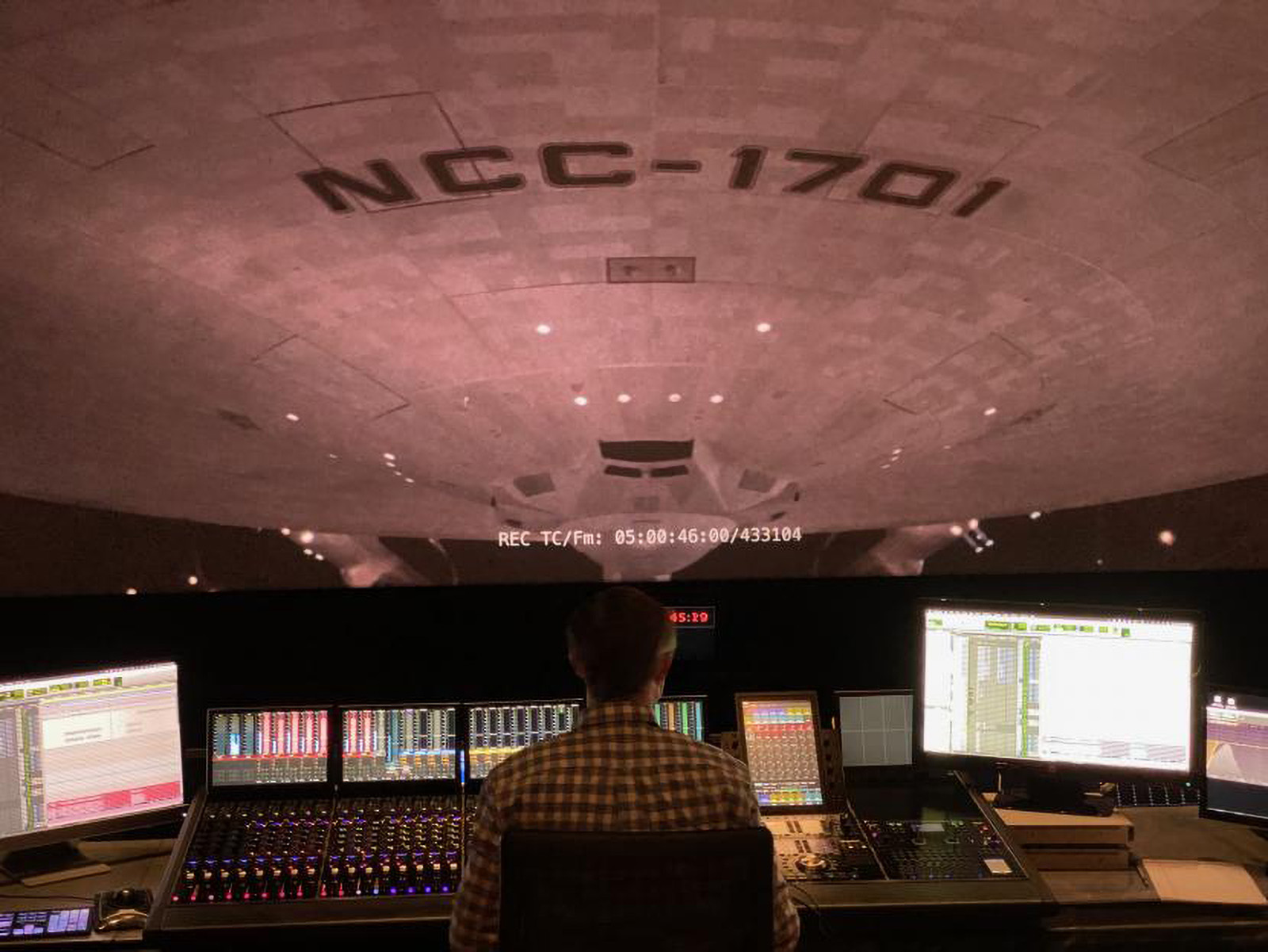
In the can
While the process itself was complex, the team’s goal was fairly simple: to bring Star Trek: TDE up to the same quality as any other movie in the Paramount Collection. The first step had already been taken when Paramount scanned the original 35mm camera negatives for the 2021 UHD release of the theatrical version. But for Star Trek: TDE these scans were then carefully processed to bring out more details, remove film grain, and enhance the images to the highest quality achievable.
David is quick to point out their efforts. “We couldn’t have achieved as much as we have without the great support of the Paramount Archives,” he explains. “They’d already stored and organized the surviving negatives and truly went above the call of duty to deliver beautiful new digital negatives in 4-, 6-, and 8K.”
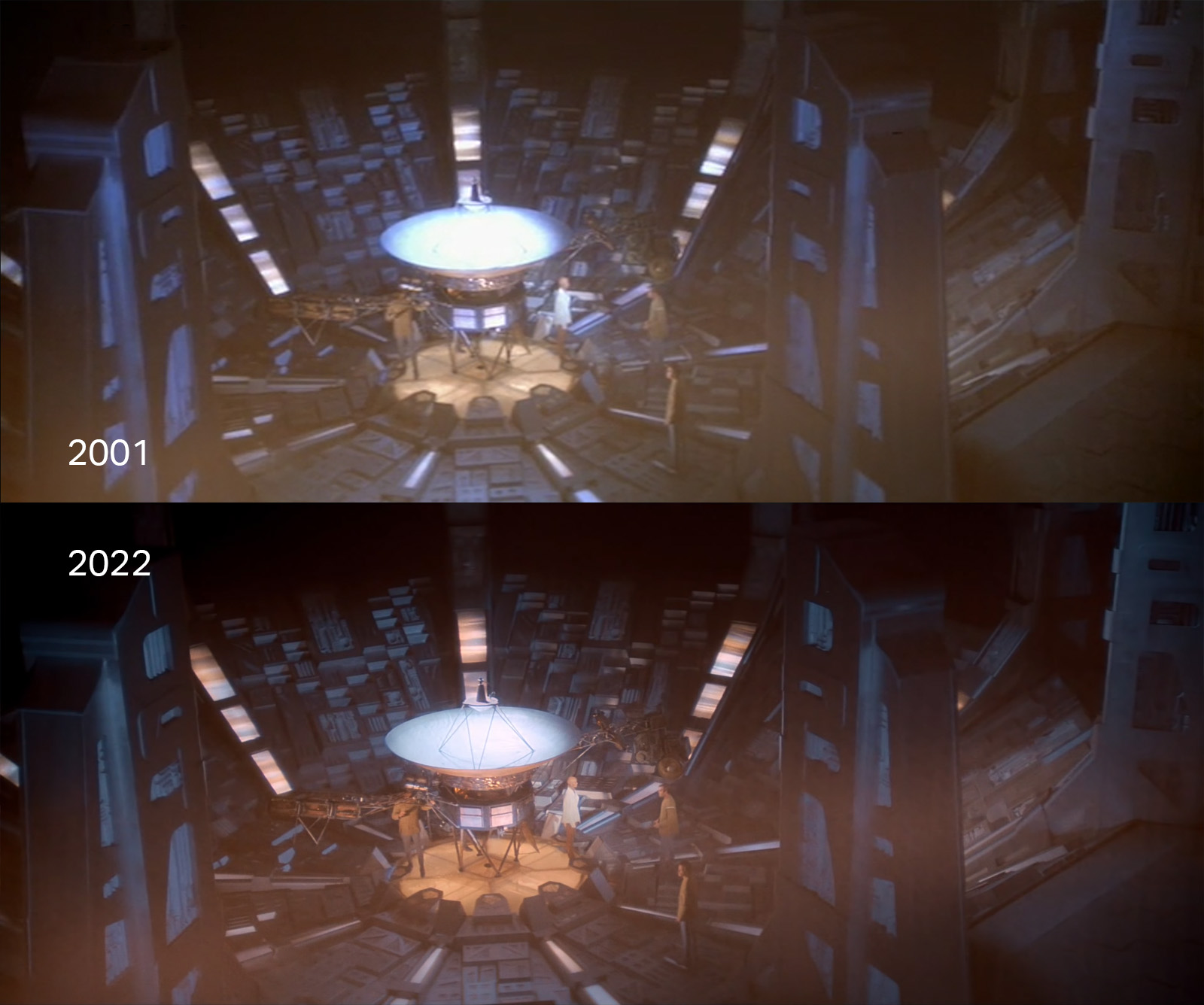
Sadly, not everything went to plan.
“The studio has an amazing amount of original elements, but some just weren’t found no matter how hard we tried. So there are some shots that I wish we could have located all of the elements for,” says David.
“But that doesn’t mean that we left the original shots alone. There’s so much work in the film—there are very few shots that haven’t had any work or enhancement made to them,” he continues. “Technology truly gave us so much control over the workflow that, within reason, just about anything was possible. More shots were completed this time around and the results are amazing.”
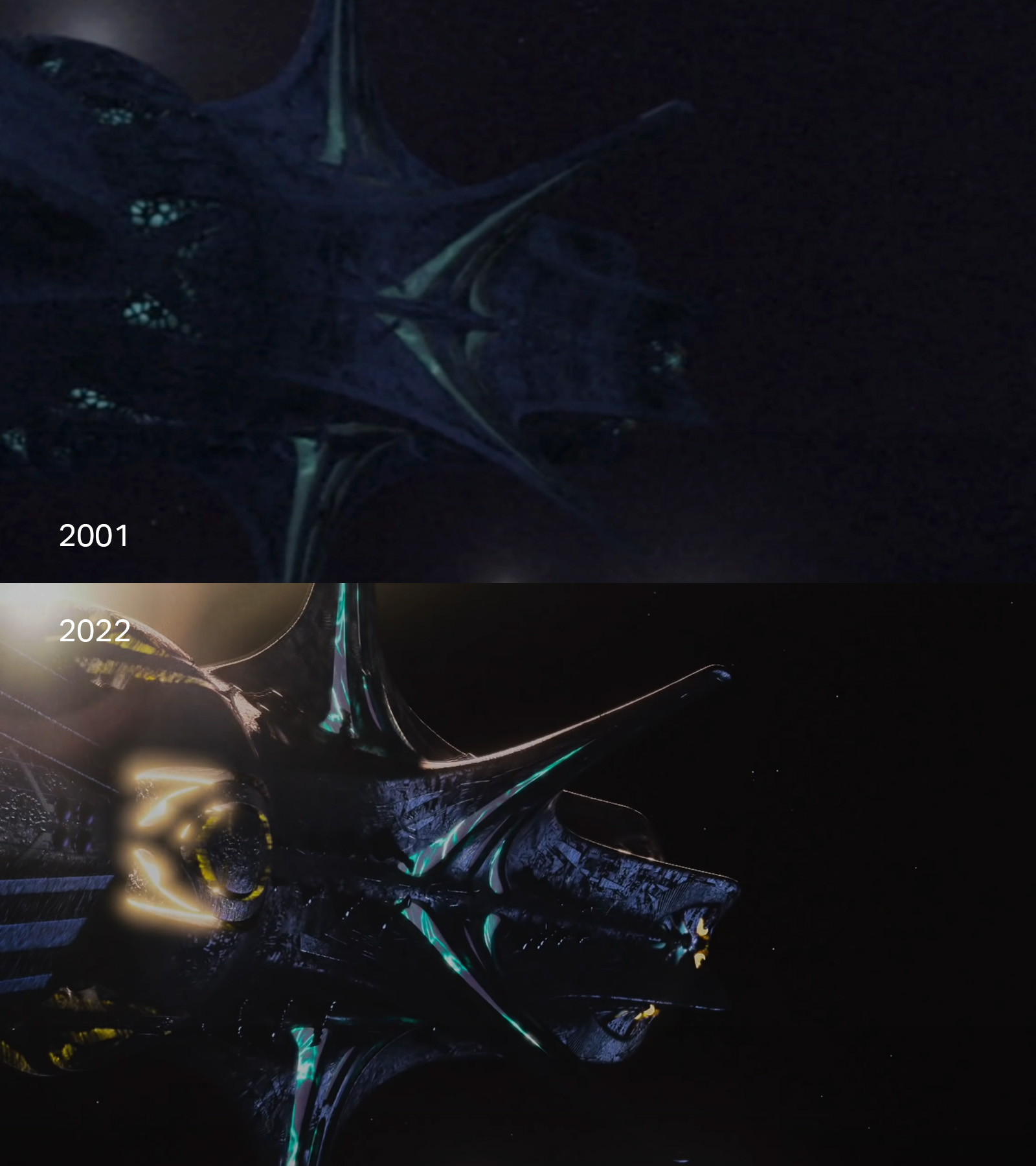
“Working from the original camera negative is the greatest advantage,” he adds. “But the edit, visual effects, grading, and sound mix all take their position as the legs that balance everything.”
“I’d have to say that the greatest effort went into our new visual effects shots. But there was a lot of work involved in locating original VFX elements, recompositing, and perfecting the shots for implementing into the master. It takes so much and our team did a remarkable job keeping it all straight and organized.”
Who’s counting?
What might surprise you, however, is the amount of editing work that was required on a film that’s been in circulation for so long. According to David, there are at least 1,500 editorial changes between this and the 1979 feature film, 500 more than the 2001 Director’s Edition cut.
“Once we had the original scans of the film and additional footage, our first task was to reassemble the cut of the film from the SD version from 2001,” he explains. “This may sound like a simple editorial shuffle and match, but it was far more complicated given that there were many subtle changes made to the original film, including partial frames modified,” he adds. “In some places just one or two frames were removed from shots.”
Coming home
At this point, David hands us over to Daren Dochterman to share how the team deployed Frame.io to keep the production moving. Daren was the visual effects supervisor on the 2001 Director’s Edition (not to mention a concept artist and illustrator for dozens of top-tier films and TV shows), and returned to lend his expertise and experience to the 2022 remaster. He led the VFX team and managed the delivery of the effects to Frame.io for review and worked through the revisions to the end of shots.
“It was something of a homecoming for all of us,” says Daren. “In many ways, we’ve all been working on it, constantly, for the past 21 years.”
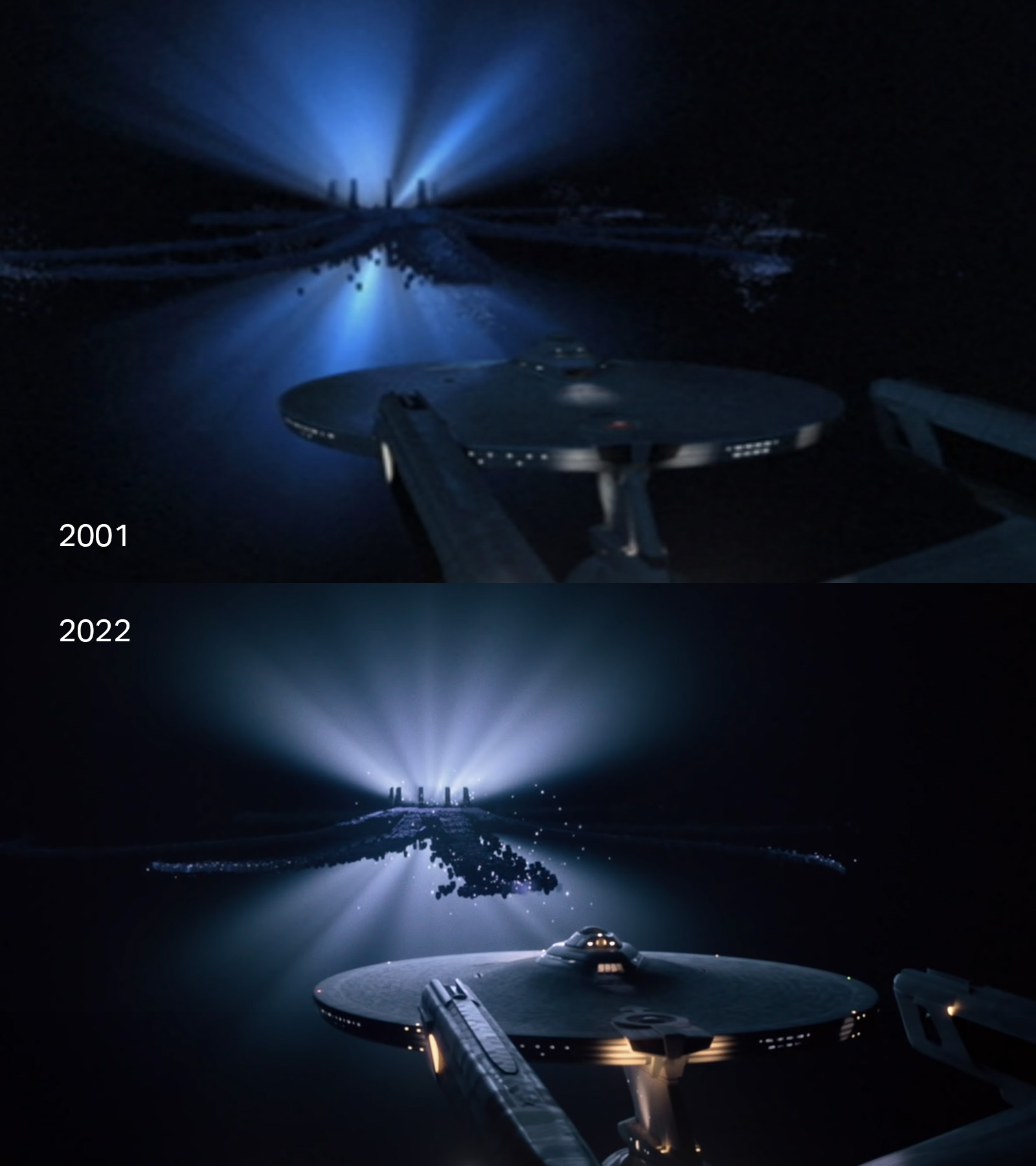
In fact, Daren freely admits that he’s been tinkering with the USS Enterprise model for a lot of that time. When asked what he’s most proud of in the latest version of the galaxy’s most familiar spaceship, he offers an answer that’ll be familiar to anyone in visual effects. “A lot of people who have seen our new shots don’t know that they’re new,” he offers. “They just watch it and say ‘That’s great!’ followed by ‘What did you change?’”
If you don’t notice that kind of stuff, then I’ve done my job correctly.
“That’s the best review ever,” he adds. “I’ve done a lot of work in movies where the work is even less visible. And if you don’t notice that kind of stuff, then I’ve done my job correctly.”
Getting to work
“When we were thinking of how we were going to mount this project, we knew we weren’t going to have a central location for everyone—mainly because of the pandemic, but also because our artists have spread across the world. So the need for a centralized hub was absolutely essential.” explains Daren.
Having such a range of specialists around the world—East coast, West coast, UK, and Singapore—offered its own challenges, with the project requiring some agile thinking. The systems in play included DaVinci Resolve (Fusion), After Effects, Modo, Octane Renderer, and even Lightwave (which was what the original film was created on).
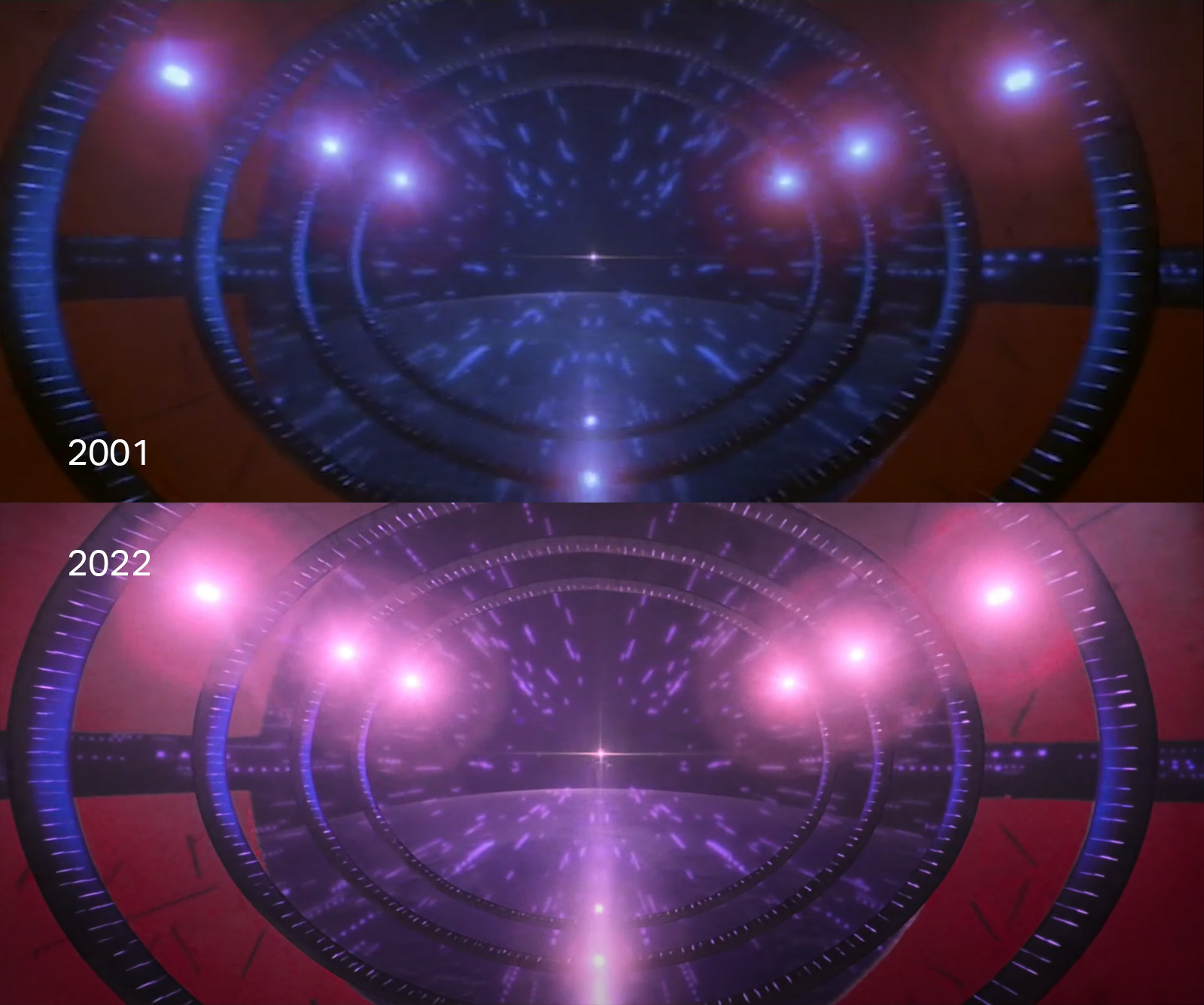
“It was pretty piecemeal,” he continues, “unlike last time [the 2001 DVD production] when we had a company with its own infrastructure that we could go to and say ‘Hey, can you do these shots?’ This was very different.”
“We went grass roots; assembling a team, trying to figure out scheduling, letting everyone know which shots we were going to do. It started out very simply as a PDF; a shot list, photos, and clips we put together in a database,” he reveals.
“When we got into the Frame.io world, we basically turned that idea into a set of folders on Frame.io. We broke things down into reel numbers, and by sequences, and the artists working on them. So we had various locations that would allow artists to find what they needed, or upload examples for us to look at.”“It was all created according to our needs, rather than a previous plan,” he admits. “We were initially building it up on the fly.”
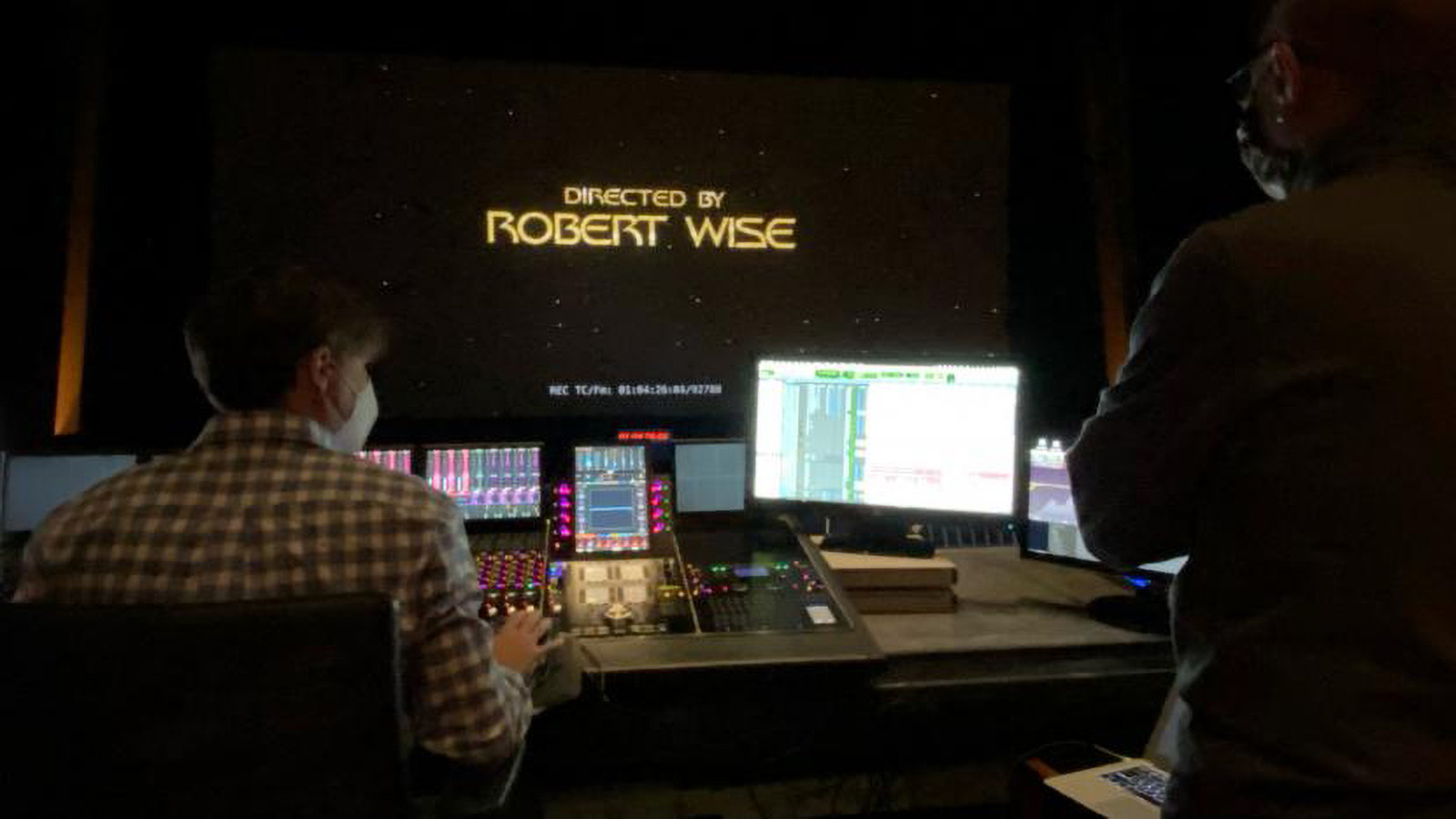
Versioning and being able to annotate quickly became Daren’s favorite tools. “The fact that our artists could throw up a version of what they were working on, and I could then draw on them and point out where things were wrong or things were great, and add notes was incredibly helpful.” he offers.
But it was, perhaps, Frame.io’s ability to handle anything the team could throw at it that proved most valuable over the course of the project.
“I hadn’t anticipated the horrendous size of the files that we had to deal with,” Daren admits. “Film frames are almost 88MB a frame when you’re working with 16-bit TIFF image sequences. And there are some long shots in this film.”
I couldn’t imagine doing another project without it!
David is equally enthusiastic about working with Frame.io. “It became the heart of our VFX review and reference,” he says. “Almost all aspects of the project were completed remotely with the master assembly in my office, VFX through Daren, sound through Mike Matessino, and special features that are still being assembled by Rafael Ruiz.”
“Frame.io made the review, comment, and approval process a great experience as opposed to a test of effective communication and organizational talent,” he adds. “I couldn’t imagine doing another project without it!”
No time like now
While we were on the topic of technology, we touched on the issues of the day and how relevant a 43-year-old movie might be, and David argued that now is exactly the time for stories like this.
“The story is more relevant today than ever before. It’s a simple story told on an epic scale, with the message that technology without humanity is cold and inhuman.”
“Look at us today,” he points out. “We have one hand, and on the other side a cellphone holder. What would it be like if we couldn’t communicate with each other? The human adventure is us interacting together.”
Captain, my captain.
And before we let them get back to the bridge, we had to get a couple of final, revealing answers out of David and Daren—who is their favorite captain? The responses shouldn’t come as a great surprise…
“I’m a TOS [The Original Series] man all the way, since I was six years old,” Daren offers. “I’ve actually gotten to know William Shatner a little over the years, and he’ll always be my captain.”
David feels the same. “My favorite Captain is Kirk himself. Not Admiral Kirk, but Captain Kirk.” he clarifies. “The one aspect of Kirk that I love in this edit is that he’s so much stronger and balanced when both Bones and Spock have returned. Now in the Director’s Edition, he isn’t the angry, slightly insecure guy. He’s our captain and I’m thrilled to have him back in the chair.”
Just did a detail comparison on a shot from the trailer, & detail seen in the YouTube trailer blows away the 2021 Blu-ray master. I'm not sure if this shot was one that was recomposited or this is just how poorly the theatrical version was treated, either way TDE is MILES better. pic.twitter.com/MaCjxzJ5ra
— Star Trek TMP Visual Comparisons (@StarTrekVisComp) March 29, 2022
And so are we. We’re not just thrilled to see Kirk take the bridge of the Enterprise once more, we feel privileged that Frame.io was able to play a small supporting role in creating the version that David describes as “the absolute best and complete version of the film…for all time.”

